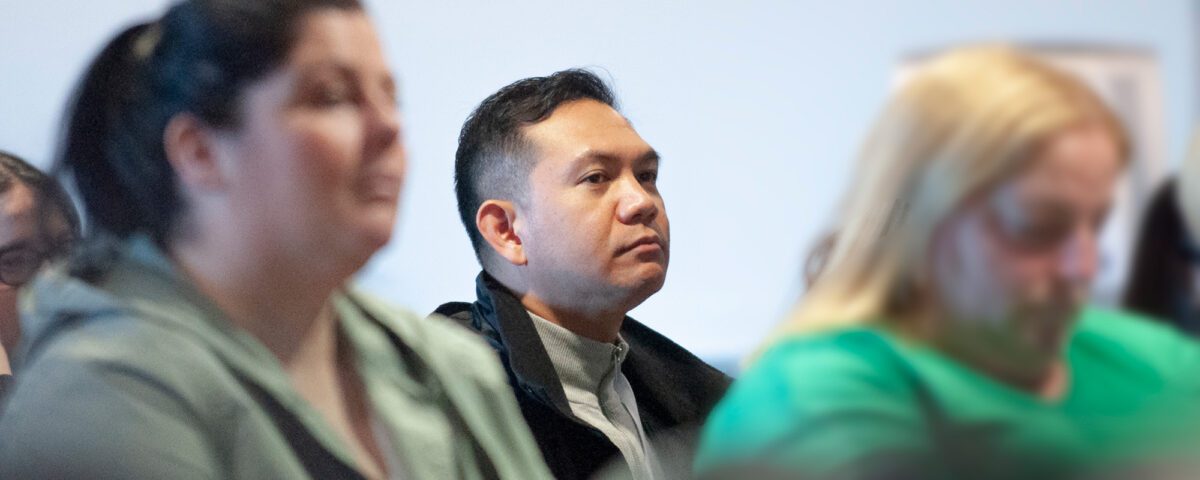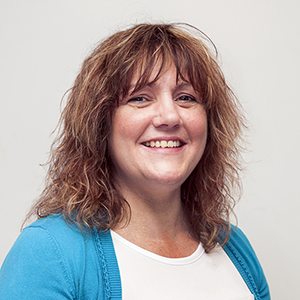Attending a tissue viability conference for the first time?
This guide from Heidi Sandoz is useful for anyone attending a medical conference for the first time but has specific reference to the Society of Tissue Viability 2023 conference

Attending a conference for the very first time can be very daunting and anxiety provoking
My very first Conference was The Fourth National Pressure Sore Symposium in April of 1988 in Bath. I had been a Registered Nurse for 7 months and was 22 years of age. I went alone. I remember feeling very nervous amongst all these well known and knowledgeable people, many of whose work I had read in journals. I stayed at the back to be invisible. I still have the programme for that conference and my meticulously written neat notes! In April 2016 I chaired my first Tissue Viability Society Conference in Cardiff. It was no less nerve racking I can tell you.
So, don’t be put off by the anxiety. You will find when you get there, there is a buzz and an energy like you may not have experienced. You will meet many people who feel just like you. One thing that can help reduce these feelings as well as maximise your time whilst you are there is to have a plan of how you will spend your time. I have produced this guide to help you figure this out. It is specifically relevant for the Society of Tissue Viability 2023 conference but has great tips for any wound care conference.
Setting your goals
What do you want to achieve out of the conference?
Is it to meet a new person? To introduce yourself to someone you have seen speak at a virtual webinar or have read their publications? To learn about a new way of doing things? To learn more about a particular wound or skin care challenge?
Whatever it is, start by setting your self a goal or some goals. This will give you focus.
The Programme
Plan the programme.
Take a look at the programme – if you click on a speaker name, you will be able to read their abstract and bio.
The programme is broken up into:
- Plenary sessions in the main presenting room
- Concurrent sessions – that run simultaneously to the plenary sessions so look out for clashes. Usually those in the main room are recorded so if you have a clash go to the one elsewhere and catch up with recording later.
- Workshops – the times of these may also clash with other sessions. There are 3 workshops repeated at different times on both days. These need pre-booking on-line to guarantee your place – Advanced bandaging skills workshops, Vascular assessment workshops and Debridement workshops.
Sponsored Scientific Symposium – These are early on both days at 8am and are sponsored by a commercial partner.
Fundamental sessions – This is on day 2 and the sessions are aimed at staff who have had little or no opportunity to learn about skin and wound care.
The Exhibition – This is a must do and something to attend during the breaks. The exhibitors are our commercial partners who provide us with the products we use to support those in our care with skin and wound challenges. You will get a map of the exhibitors and there is a competition to reward those who manage to visit many stands and answer simple questions – there are fantastic prizes! The exhibitors funded your free place. Attending their stands is a good way to say thank you to them. This can be a vibrant, busy and noisy space
Posters – There is a viewing area where posters that have been submitted can be viewed. These are a way for clinicians and other professionals to present work they have done locally to make improvements in care. They can be a great way to get ideas for your own areas. The list of these is within the programme and abstracts are available on the website, so you can select if a poster is covering a topic of interest. You can take photos of the posters that interest you so you can recall the learning.
Targeting your learning
Be organised before you go, select what you want to watch, visit and do. Add the times to your calendar on your phone so you know where you need to be when.
Is there a particular issue or challenge in your care setting that you want to resolve? Can you see this covered in the programme or by one of the exhibitors? Having this in mind will help you select sessions to attend, especially where there are time clashes in the programme.
Look out for the free journals and leaflets that will be available on many exhibition stands.
When chatting to representatives on company stands be bold. If they are telling you their product is superior ask to see the evidence for this and if you feel the need, challenge the evidence. How robust was the study used to demonstrate effectiveness of their product? Our commercial partners are ethical companies and always try to offer good evidence.
Think about how you will take notes at the sessions. I use One Note on my phone
A Microsoft tool you can sync across laptops and mobile phones. I have an iPhone and it still works on there for me. You can take notes, add internet links as the presenter mentions them, add photos and screenshots (of the slides being presented) all in one place. As it’s digital note taking you can search for something in it later too. I love One Note. You can also forward emails to One Note which may contain useful information as well as save the programme on there. Remember those photos you took of the posters? You can add them to One Note too.
Or you can use good old fashioned pen and notebook – whichever you prefer. Many exhibitor stands will have spare pens if your ink runs dry from the copious note taking you will do.
Extra hints and tips
Bring an extra bag to carry all the takeaways! – You will probably get given a bag with some goodies in it but often they aren’t very big and you may need more space.
If you are flying – consider this in your weight allowance for bags on the plane going home.
Bring water – it’s thirsty work attending a conference. Food and drinks are provided but have your own water with you as many venues are now cutting back on plastic bottles.
Save the day after the conference for resting if you can. Conferences can tire you out. Make some time for rest as soon after it as you can.
Look out for the freebies at the exhibition. The compression companies are often giving away tape measures for instance. One company recently was giving away large kneeling pads and water bottles. The former are great for when you are on the floor looking after legs and feet, but also for gardening if you prefer!

Heidi Sandoz














